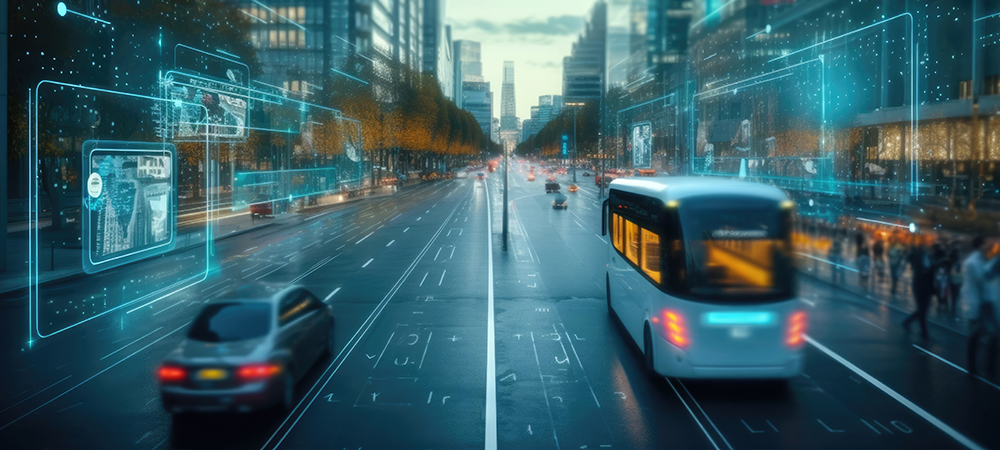The new system, aided by the IoT, aims improves the detection capabilities of autonomous vehicles even under unfavorable conditions.
A groundbreaking study could pave the way for a widespread adoption of autonomous vehicles and, in turn, more environment-friendly and comfortable modes of transport.
Autonomous vehicles require object detection systems to navigate traffic and avoid obstacles on the road.
However, current detection methods often suffer from diminished detection capabilities due to bad weather, unstructured roads or occlusion.
Now, a team of researchers have developed a novel IoT-enabled Deep Learning-based end-to-end 3D object detection system with improved detection capabilities even under unfavorable conditions.
This study is said to mark a ‘significant step’ in autonomous vehicle object detection technology.
A critical requirement in the operation of autonomous vehicles is their ability to detect and navigate around obstacles, pedestrians and other vehicles across diverse environments.
Current autonomous vehicles employ smart sensors such as LiDARs (Light Detection and Ranging) for a 3D view of the surroundings and depth information, RADaR (Radio Detection and Ranging) for detecting objects at night and cloudy weather and a set of cameras for providing RGB images and a 360-degree view – collectively forming a comprehensive dataset known as point cloud.
However, these sensors often face challenges like reduced detection capabilities in adverse weather, on unstructured roads, or due to occlusion.
To overcome these shortcomings, an international team of researchers led by Professor Gwanggil Jeon from the Department of Embedded Systems Engineering at Incheon National University (INU), Korea, has recently developed a groundbreaking IoT-enabled Deep Learning-based end-to-end 3D object detection system.
“Our proposed system operates in real time, enhancing the object detection capabilities of autonomous vehicles, making navigation through traffic smoother and safer,” said Prof. Jeon.
The proposed innovative system is built on the YOLOv3 (You Only Look Once) Deep Learning object detection technique, which is the most active state-of-the-art technique available for 2D visual detection.
The researchers first used this new model for 2D object detection and then modified the YOLOv3 technique to detect 3D objects.
Using both point cloud data and RGB images as input, the system generates bounding boxes with confidence scores and labels for visible obstacles as output.
To assess the system’s performance, the team conducted experiments using the Lyft dataset, which consisted of road information captured from 20 autonomous vehicles traveling a predetermined route in Palo Alto, California, over a four-month period.
The results demonstrated that YOLOv3 exhibits high accuracy, surpassing other state-of-the-art architectures.
Notably, the overall accuracy for 2D and 3D object detection were an impressive 96% and 97%, respectively.
Prof. Jeon said: “By improving detection capabilities, this system could propel autonomous vehicles into the mainstream. The introduction of autonomous vehicles has the potential to transform the transportation and logistics industry, offering economic benefits through reduced dependence on human drivers and the introduction of more efficient transportation methods.”
The present work is expected to drive research and development in various technological fields such as sensors, robotics and AI.
Going ahead, the team aims to explore additional Deep Learning algorithms for 3D object detection, recognizing the current focus on 2D image development.
Click below to share this article

